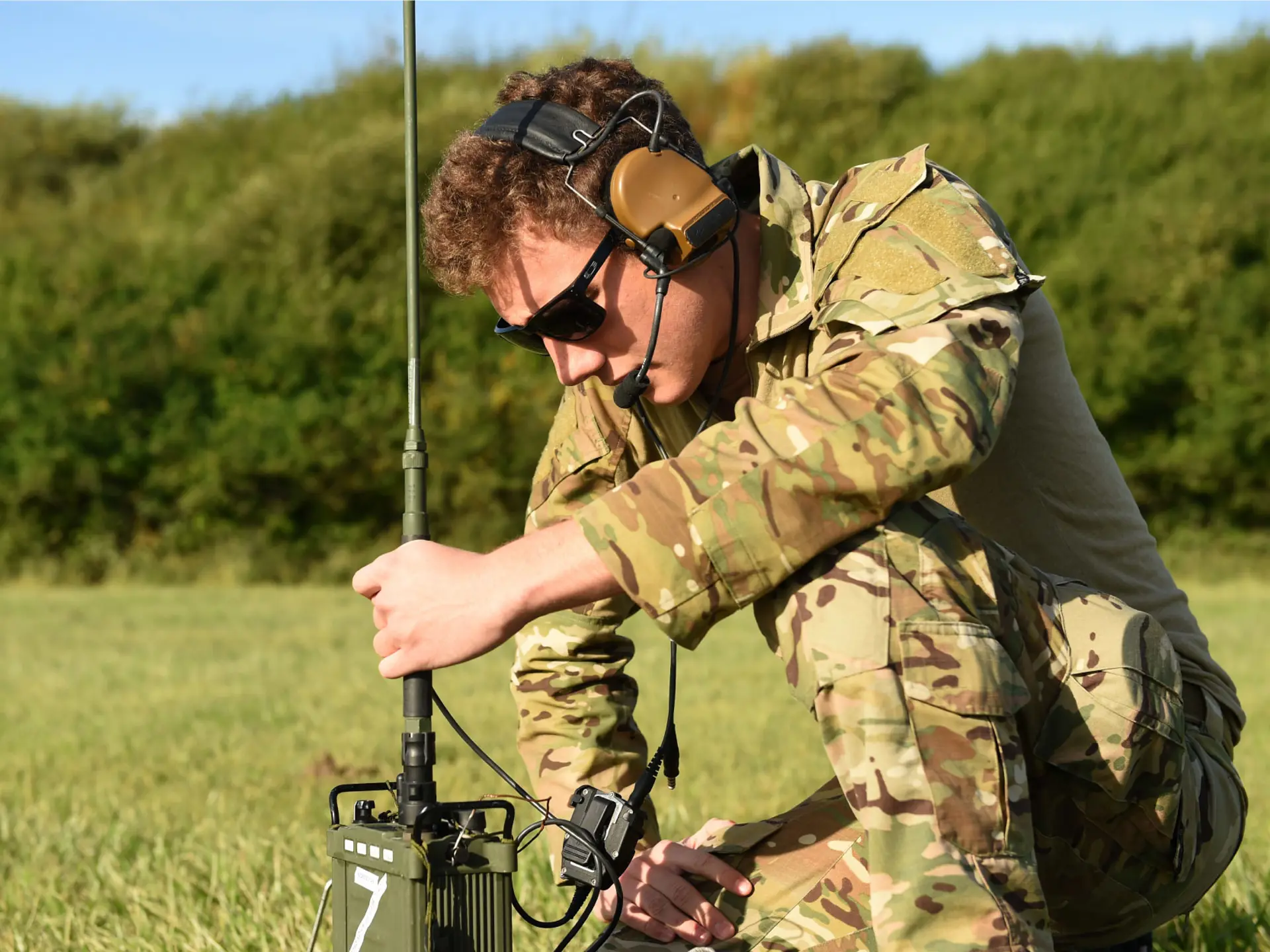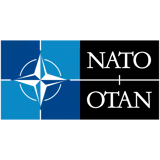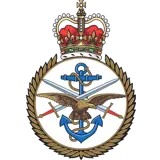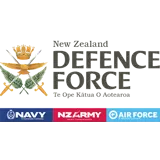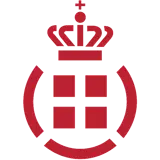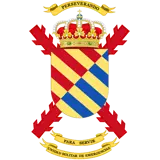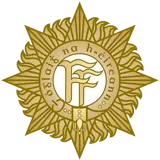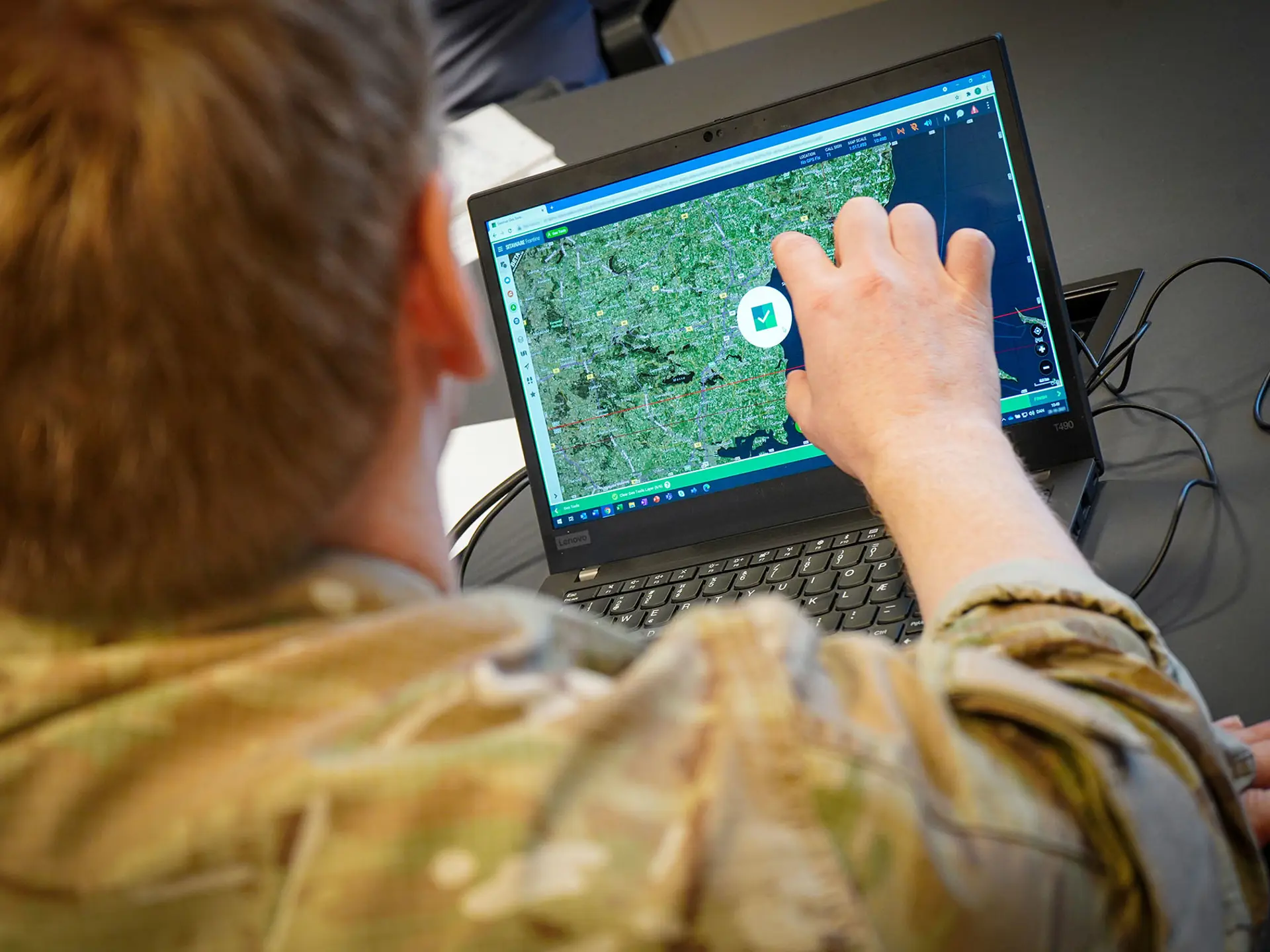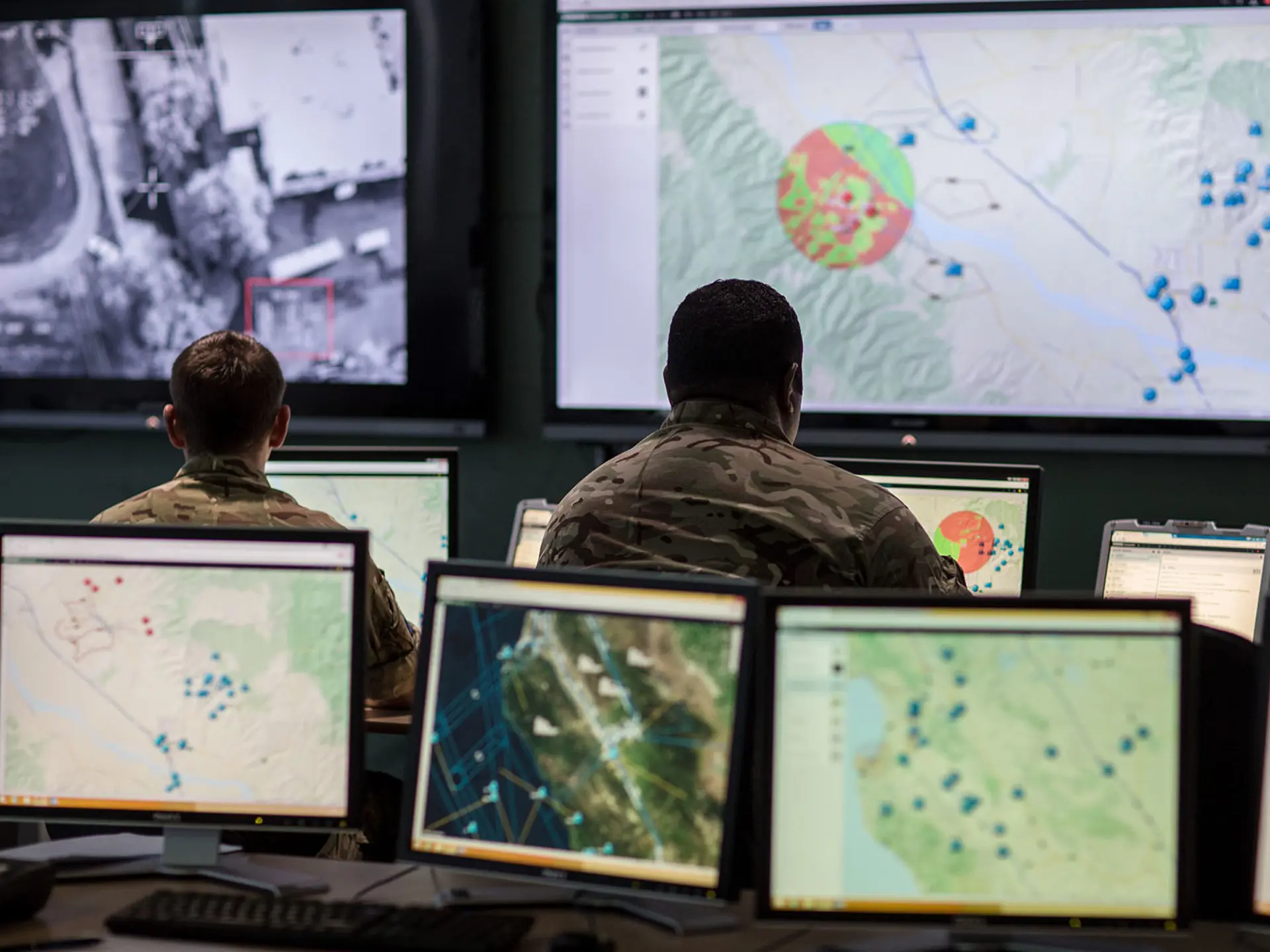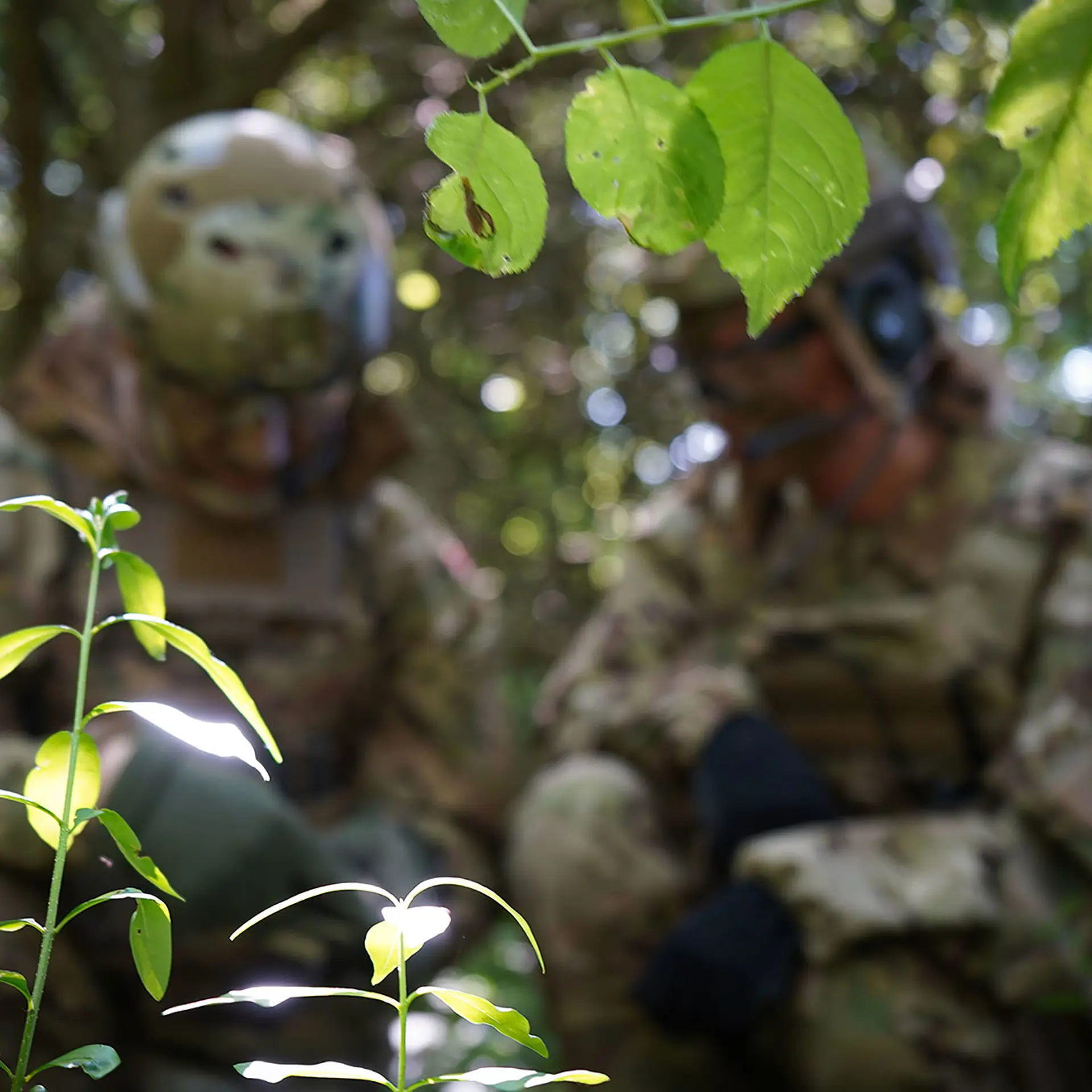
Operating within an interconnected battlespace requires a communications backbone that is solid and reliable; and can withstand a variety of challenges that can include challenged network conditions, hostile electronic warfare operations, and more.
SitaWare Tactical Communication (STC) works across the SitaWare suite to ensure that users can operate securely. This means that users can work at pace and receive the latest mission critical data, staying ahead of their adversaries in the information space. However, the capabilities of STC go beyond enabling communications, supporting the role of SitaWare Edge and SitaWare Frontline as a sensor integration platform.
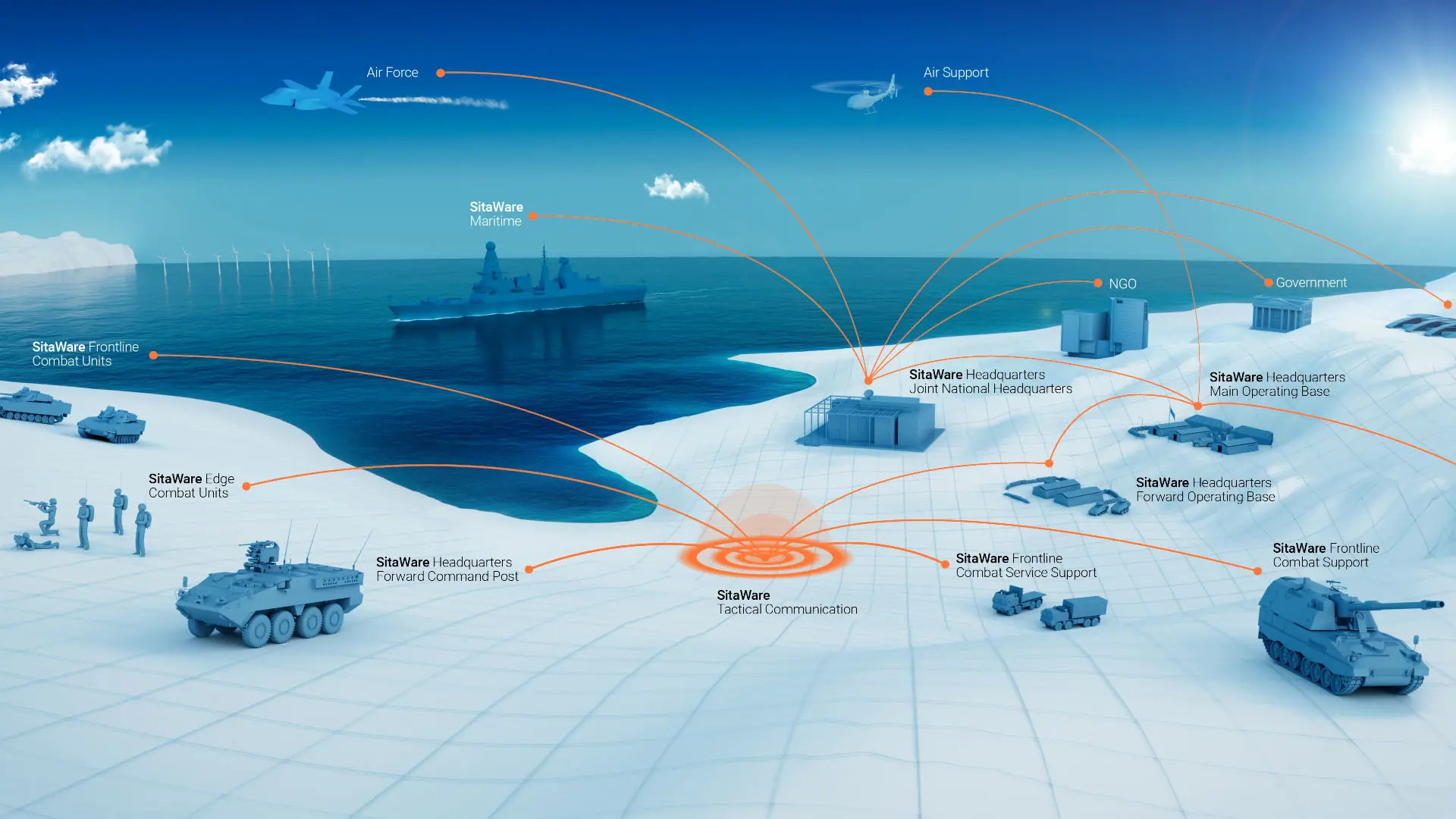
Communications support
As the number of radios has increased on the battlefield, their capabilities have as well. The ability of backpack or handheld radios to transmit data has revolutionised the dismounted soldier’s role on the battlefield, as they can more easily gain situational awareness and become an intelligence source.
However, procurement priorities and user requirements have led to some military forces operating a variety of disparate and legacy radio systems, making force integration a more complex challenge.
For STC, this issue is less of a challenge and more of an opportunity.
As a network and radio agnostic system, STC is able to interface and bridge between a wide range of communications platforms and systems. STC even works efficiently on very low bandwidths, allowing it to operate across the HF, VHF, and UHF spectrums, as well as satellite communication (SATCOM), IP-based radio, and wide-band LAN connections.
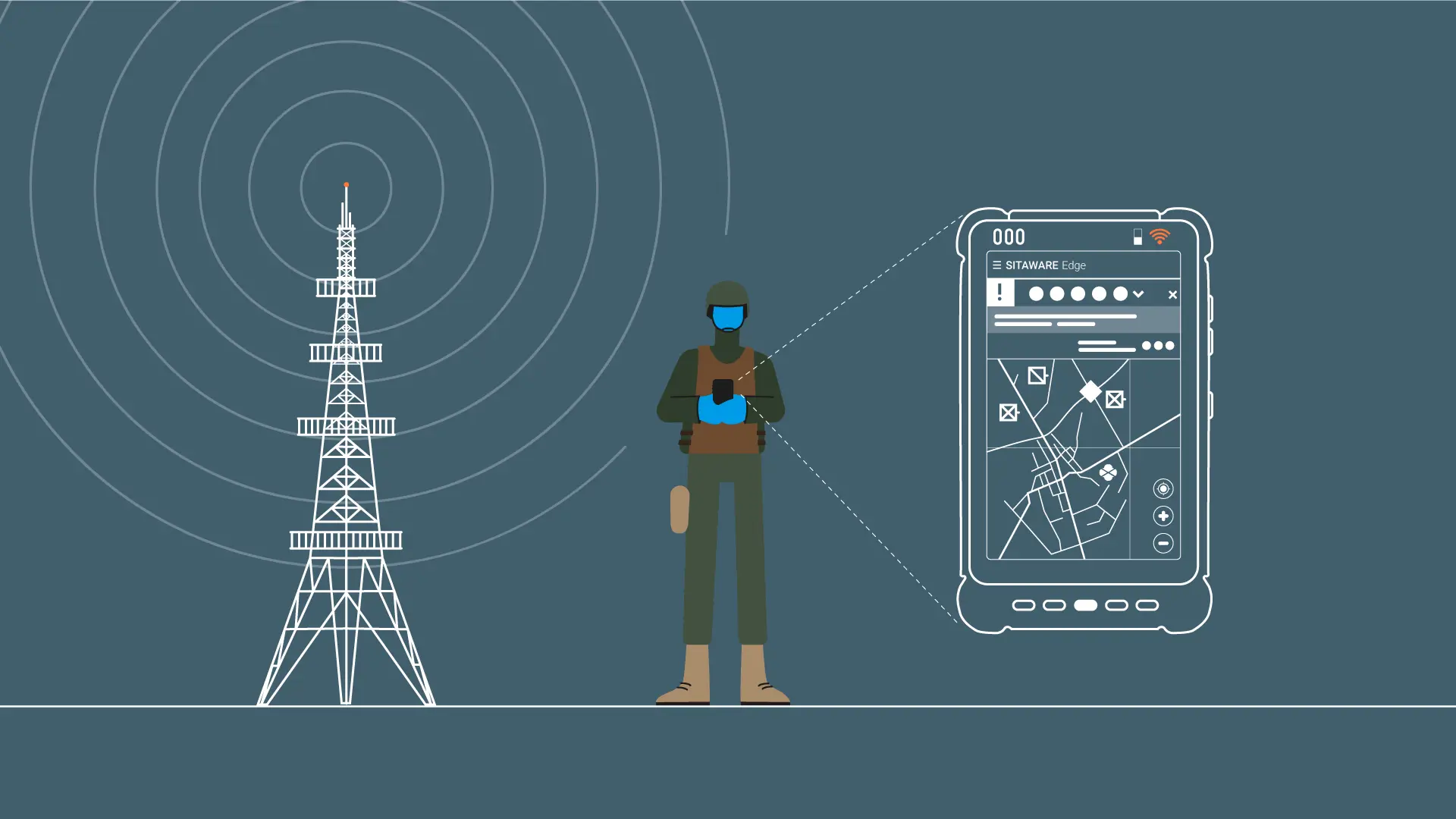
STC dynamically adapts to the network that it is on, choosing the best suited transmission parameters for data communication, accounting for factors such as effective bandwidth, latency, package loss, intermittent connectivity and topology that may degrade performance.
While it can be left to the system to decide the best data synchronisation strategy and paths, it is also possible to set and prioritise flows through specific data pipes to meet a user’s internal processes and signals priorities.
Conscious that differing available bandwidth can be a challenge for users and systems, STC can throttle data transmissions, transferring to lower bandwidth networks as needed to ensure that higher priority communications can be made. If a radio is disconnected, STC automatically re-synchronises a device with the network when it is re-connected, prioritising the download of the latest data first and skipping outdated information to ensure that commanders receive the most relevant information.
Supporting a variety of radios
Governments bringing SitaWare into a national domain may face the challenge of a wide variety of communications systems being used across different organisations. Military customers will have higher levels of encryption, bandwidth, and tactical capabilities when compared to border guards, customs services, and law enforcement. Add to this a mixture of legacy and new equipment, ensuring the delivery of a common operating picture (COP) is a complex task.
Ensuring that these systems can work together through STC is achieved through out-of-the-box support for IP based communication as well as radio specific software drivers. Support for major radios on the market is provided through existing drivers, and new and legacy systems can be supported by Systematic’s team of software engineers, radio manufacturers, or third-party integrators through the STC Software Development Kit as required to ensure seamless integration.
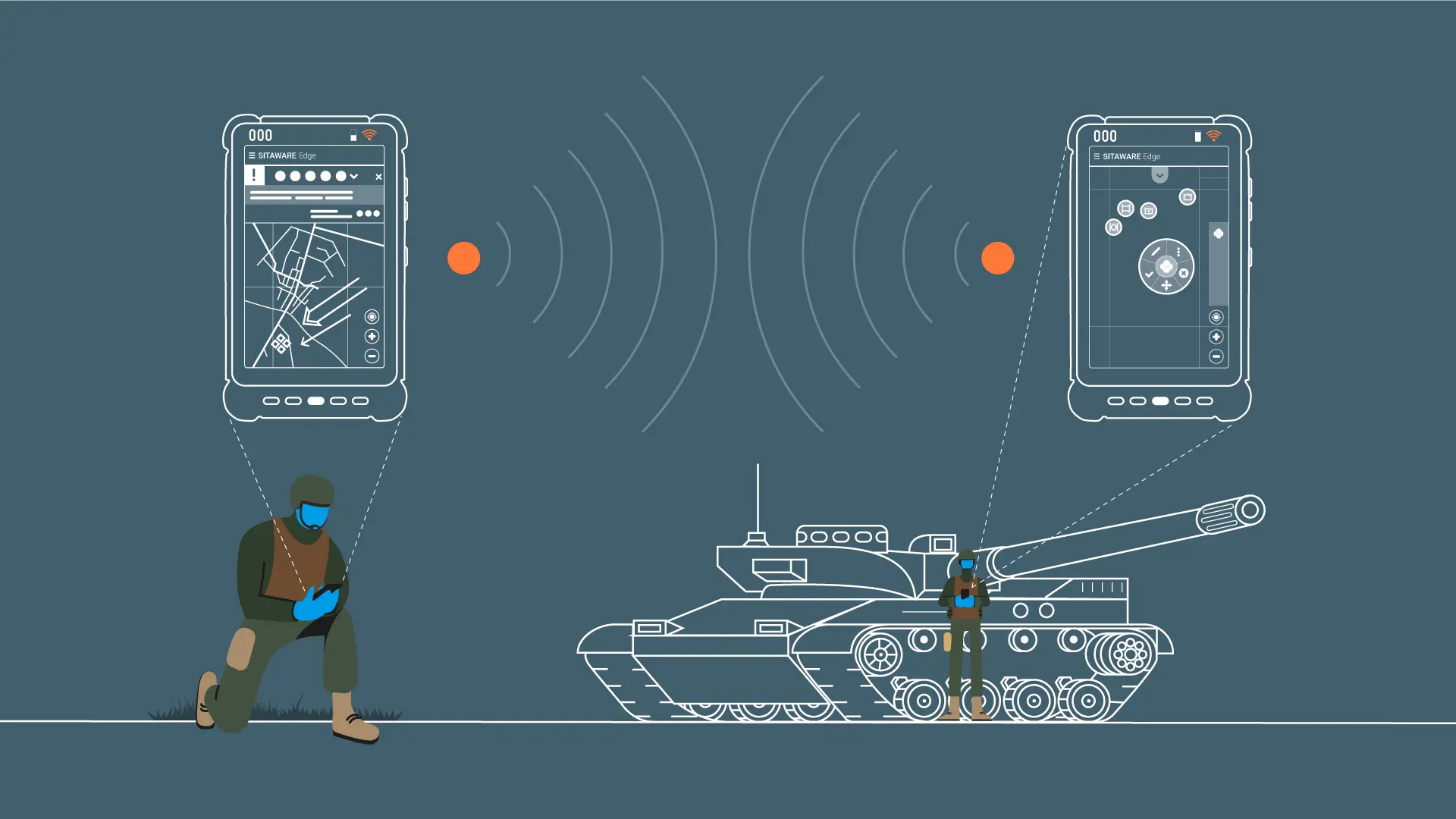
Similarly, STC’s ability to support a wide variety of radios – from dismounted hand-held systems to vehicle mounted radios – gives it a market-leading capability. Enabling the bridge between different platforms and their radio systems means that the dismounted troops are able to receive and see the same information through their SitaWare Edge devices, as well as provide their location to friendly forces through the location systems on their radios or inside the vehicle.
Supporting sensor fusion
As sensors proliferate across the battlefield, ensuring their data can be distributed and exploited quickly is enabled by the SitaWare suite. Laser rangefinders, video feeds, gunshot detectors, unmanned aerial vehicles, unattended sensors, electronic intelligence and warfare systems, radars, and location information systems all provide valuable data to troops and headquarters staff alike. However, making all this data come together in one place is a complex task.
Utilising open architectures as well as communication and interoperability standards, the data formats that are supported by SitaWare help ensure that data from the digital battlespace is readily viewable on a single user interface for mounted, dismounted, and headquarters staff.
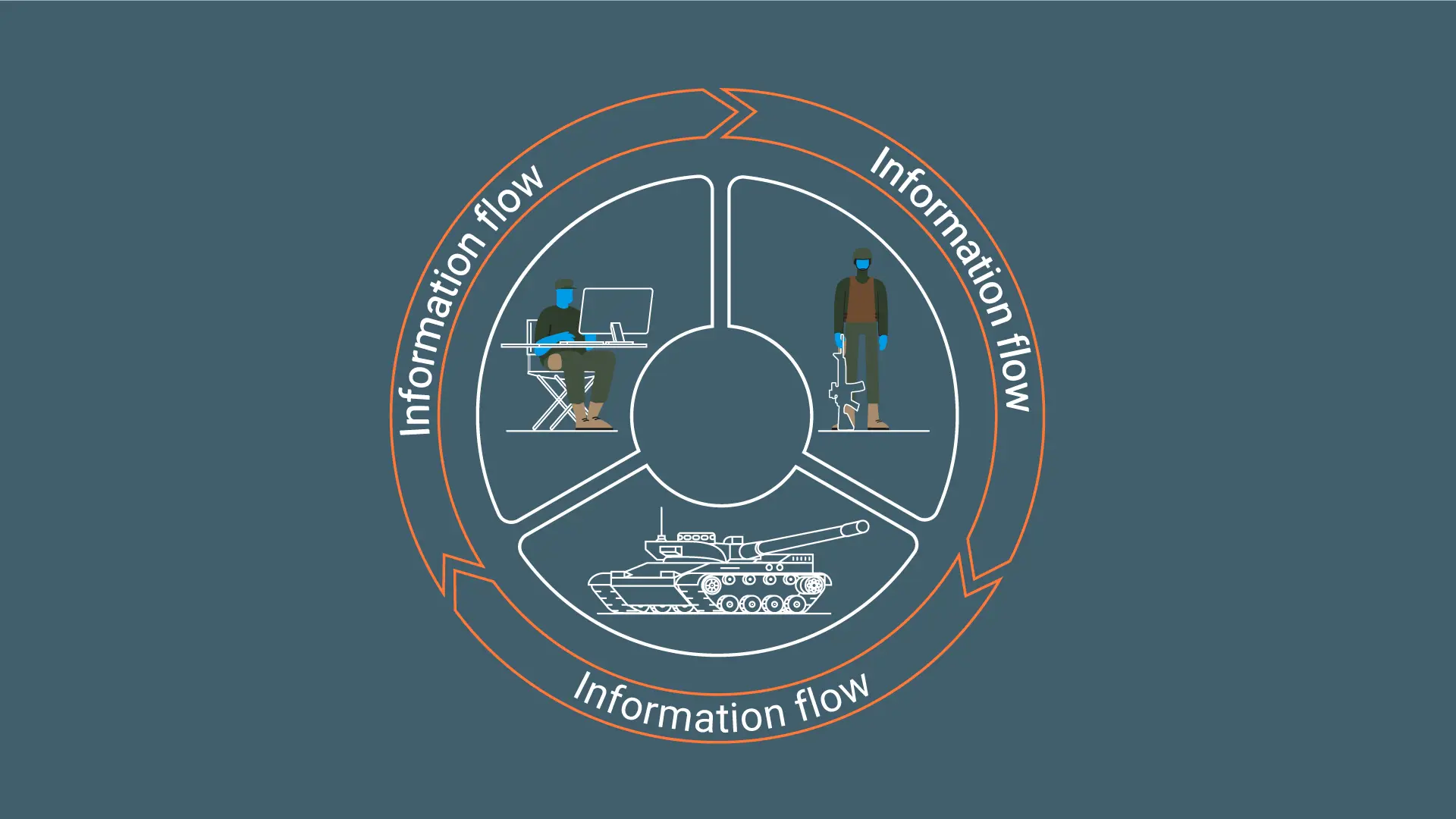
From the dismounted soldier using SitaWare Edge and the mounted commander using SitaWare Frontline, through to the headquarters staff using SitaWare Headquarters and deploying higher formation intelligence and surveillance assets that can identify key targets, synchronising all this data is a key part of the SitaWare functionality.
STC helps to ensure that SitaWare users have the latest information by ensuring very high levels of redundancy between users, synchronising information and providing secure access to the data needed to ensure that mission data is available at the right place and the right time.
